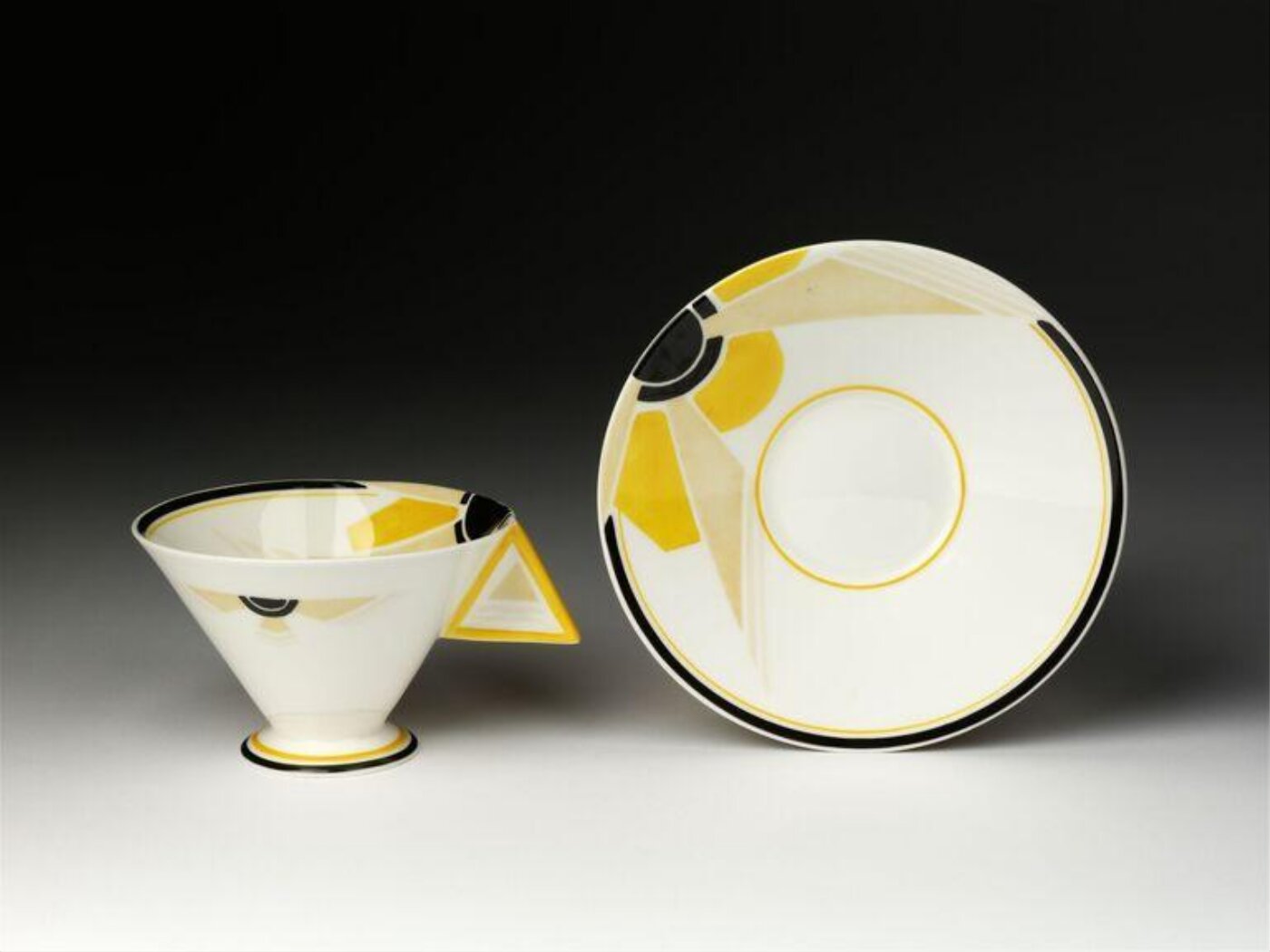
In May 2016, I was hiking the Southwest Coast Path in a group, trudging through dense forest between Lyme Regis and Weymouth, when a distinctly unsettling event occurred. As we moved along a narrow trail, a buzzing sound began—we assumed we had disturbed a bee’s nest. We quickened my pace, but the buzzing continued. Eventually, we emerged from the woods and looked up. The sound had not come from bees, but from a drone that had been following us.
I will never forget that sound; the eerie sense of something pursuing you, but unseen. In a recent BBC special on the war in Ukraine, a journalist documents the now-pervasive use of drones, the journalist and Ukrainian soldiers hiding under the cover of forest as a Russian drone scans the area, before escaping to their car in which an AI voice says ‘Detection: multiple drones, multiple pilots, high signal strength’ as they journey overground. This is the new era of covert warfare, where the enemy strikes without being easily identified. You hear the hum, but the source is elusive.
In the coming years, this kind of psychological warfare will make its way into Western cities. Terrorist attacks will shift from in-person confrontations—like the Novichok poisonings in Salisbury—towards remote, anonymous assaults: drones drifting from overseas into coastal cities to target civilians, or swarms carrying out mass attacks in dense downtown cores. The aim will be psychological trauma at scale. Civilians will grow hesitant to leave home, hyper-sensitive to the buzz of anonymous drones in their own areas. Iran recently declared that no US, British, or French base is safe from retaliation in the emerging Israel–Iran war. It is not difficult to imagine Western cities soon being viewed as legitimate targets.
We are entering a time of intensified conflict, with national security becoming the dominant framework for policymaking. The watchword of UK government policy is ‘security,’ and—writing now from Montréal—the recent Canadian election was framed around which party and leader could best protect Canadians from external threat. In this context, even domains once governed by cooperation are transformed into zero-sum contests, because national security framing by its nature shifts focus from reciprocity to limitation of the other.
Free trade, for example - fundamentally the mutually beneficial exchange of goods and services as part of the creation of value - becomes, in a security-focused world, a question of containment. Trade, in a security-focused world, is turned on its head, free trade becoming trade wars. Fairness (in which the pie is grown and shared across multiple people) is replaced by interest, whether the interest of countries or communities and individuals within them seeking to protect themselves. As US–China competition escalates, we can expect human relations—among both states and citizens—to become even more zero-sum.
In such an environment, do morals still matter? When the enemy grows more ruthless and more innovative in an era of national security, must we match them in kind? Or is it still possible to uphold principles while defending ourselves?
Restraint and humility are still critical virtues—but must not be mistaken for weakness.
In a recent Times column, Juliet Samuel suggested that gestures of non-aggression—such as Finland’s 2015 destruction of its one million landmine stockpile—now appear dangerously naïve. Ukraine, for its part, has rightly disregarded the Ottawa and Oslo (banning cluster munitions) conventions. Its survival depends on ingenuity, rapid technological development (for instance through the work of funds such as D3), and collaboration with its allies to prototype and deploy advanced systems.
Reinhold Niebuhr, in Moral Man and Immoral Society, contends that to be moral, one must possess the capacity for force—‘power must be challenged by power.’ That power, however, must be exercised with responsibility, humility, and moral purpose. Nigel Biggar, my former doctoral supervisor and a key figure in the Niebuhr tradition of Christian realism, argues in In Defence of War that war can be justified on balance when it meets the criteria of jus ad bellum: just cause, legitimate authority, right intention, proportionality, and reasonable prospect of success.
War, in this reading, can express a ‘kind harshness’—a form of judgment exercised in defence of victims. Like Niebuhr, Biggar grounds his argument in Augustinian realism: the world is fundamentally good, yet broken. Because evil persists, the moral use of force becomes necessary to uphold what is right. I believe this to be true, and directly applicable to the national security-focused world in which we find ourselves.
What does this mean then for Western countries as national security reasserts itself as the central organising principle of governance?
It means significant and urgent investment in defence and deep technology, including for instance emerging capabilities like cognitive warfare and neuroadaptive systems (wearables that enhance soldiers’ performance in live combat), counter-drone systems for urban, rural, and maritime environments, and next-generation electronic warfare and geospatial intelligence.
If drone attacks intensify at sea—such as those carried out by the Houthis to disrupt global shipping routes—counter-drone systems will be vital to ensure safe passage. In a world of manipulated narratives and disinformation, geospatial intelligence will serve as a source of truth, helping establish what is actually happening on the ground. And as agentic AI grows increasingly capable of manipulating users—through sycophancy, persuasion, and other techniques—oversight technologies like Yoshua Bengio’s new LawZero project will be essential for maintaining objectivity and integrity.
The responsible use of force today precludes pacifism, averting violence altogether. It means maintaining—and advancing—the capability for overwhelming force, so it is ready if needed. Morality in an era of national security demands investment in defence technologies at speed, to stay several steps ahead of adversaries. A ‘whole-of-society’ approach, as recommended in the recent UK Strategic Defence Review, means preparing citizens with such a mindset. Restraint and humility are still critical virtues—but must not be mistaken for weakness. Western nations must be prepared to act swiftly, decisively, and with the deterrent power that peace requires.
This is the world we are entering: one in which governments and civilians alike must be ready for unexpected threats. The hum of a drone overhead is more than a sound—it is instead a warning, reminding not only Ukrainians but those currently in peaceful situations, to prepare ourselves for potential conflicts to come. The appropriate response is not retreat, but the responsible and moral exercise of power: a necessary duty if we are to preserve peace, freedom, and justice in a world increasingly intent on contesting them.
Support Seen & Unseen
Since Spring 2023, our readers have enjoyed over 1,500 articles. All for free.
This is made possible through the generosity of our amazing community of supporters.
If you enjoy Seen & Unseen, would you consider making a gift towards our work?
Do so by joining Behind The Seen. Alongside other benefits, you’ll receive an extra fortnightly email from me sharing my reading and reflections on the ideas that are shaping our times.
Graham Tomlin
Editor-in-Chief






